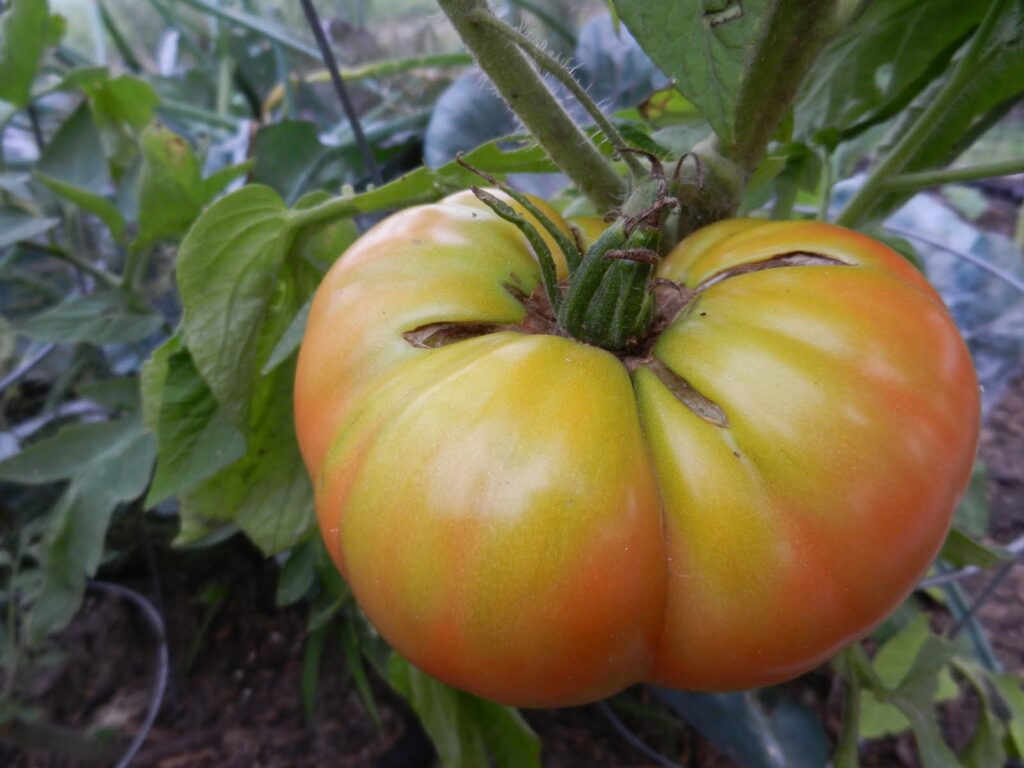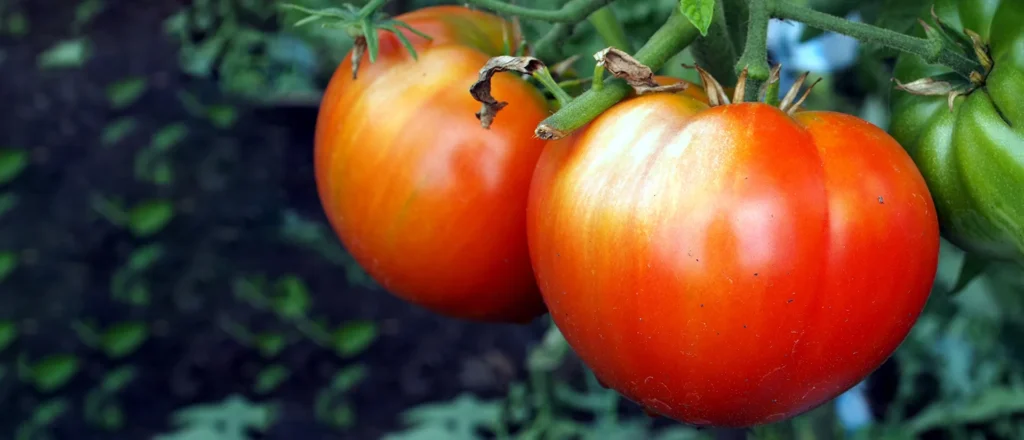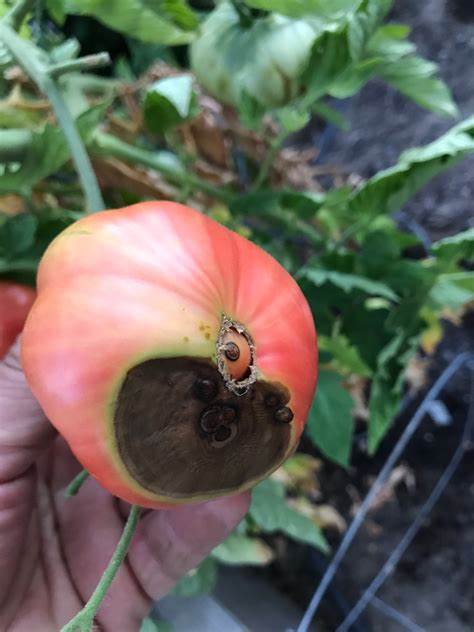This plant is popping up in gardens and people are wondering if it is a ground cherry. This weed is called deadly nightshade and has toxic berries. The berries are sweet; however, it does not take many to get sick. The scientific name is Atropa belladonna which was used by English nobles as eye drops to dilate the pupils of the eyes (a custom at that time) and to kill Roman emperors like Claudius and Augustus.
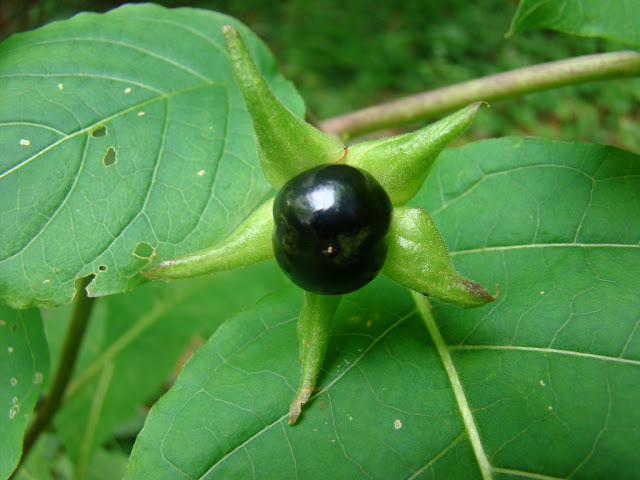
This plant is confused with the black nightshade related to the tomato family (which are also in the nightshade family) are eatable and can become a weed. They need to be cooked to remove the alkaloids. You can find the seed in some garden catalogs.

The deadly nightshade fruit is produced singly on the stem. The black nightshade fruit is produced in clusters. It is best not to eat either one just to make sure unless you know you planted black nightshade in the area or row.
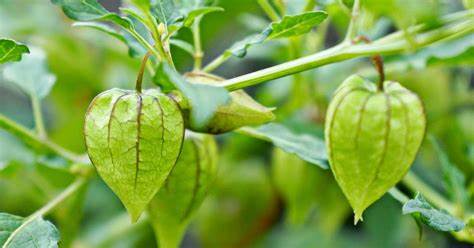
Ground cherries look like nightshades, however, have a husk around the fruit. They can be commonly found in seed catalogs and are eaten raw or cooked in many recipes. There are wild ground cherries you may find by creeks or cultivated areas, however, getting them before the opossums, skunks, turkeys, pheasants, or quail will be tricky. All three of these plants can spread like weeds.

